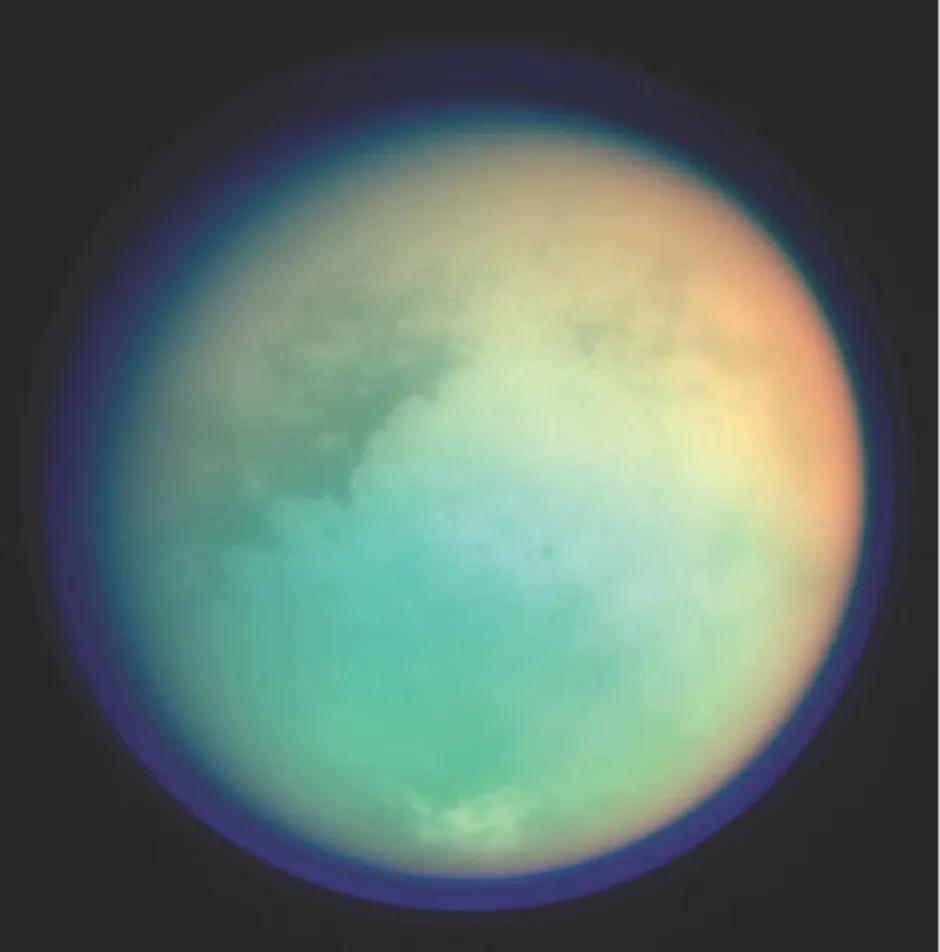NASA has announced an ambitious new mission to look for evidence of past and even present life on Saturn’s largest moon, Titan. The Dragonfly mission will consist of a high-tech drone that NASA calls a rotorcraft. Powered by a nuclear generator, it will land in the ‘Shangri-La’ dune-fields near Titan’s equator. From there, it will use its eight rotors to fly to dozens of sites across the moon, taking samples and performing analysis.
Titan’s chemical composition is thought to resemble that found on the primordial Earth. In studying the moon, scientists hope that Dragonfly will be investigating the chemical environment that gives rise to life on Earth. It will also look for evidence of life on Titan.
Read more about NASA's space exploration plans:
- NASA's Martian habitat contest final stage winners announced
- Light sails and stingray airships to explore space
“Visiting this mysterious ocean world could revolutionise what we know about life in the Universe,” said NASA administrator Jim Bridenstine in his announcement of the mission on 27 June 2019.

Dragonfly will be the first drone to fly on another planet. As the operators gain experience flying the craft, they will build up to a series of longer flights, called leapfrogs. Each of these will take the rotorcraft up to eight kilometres at a time. The goal is to reach the Selk impact crater, where there is evidence for liquid water and carbon-rich molecules having once existed in abundance. These are the conditions that scientists think are essential for life to emerge.
Titan has been visited once before by the European Space Agency’s Huygens lander. It was carried to the Saturnian system by NASA’s Cassini spacecraft, which completed a 13-year tour of Saturn and its moons in September 2017. Among other things, Cassini revealed that Titan had lakes of liquid methane across its surface.
“[Dragonfly] is a really exciting mission that follows on from the findings of the Cassini mission. Titan is like a primordial Earth, covered in liquid methane lakes. If we were to find life outside of Earth but within our Solar System, places like Titan would be prime candidates,” said Dr Sheila Kanani of the Royal Astronomical Society in London.
NASA hopes to launch Dragonfly in 2026. It will arrive at Titan in 2034, and its mission is planned to last for at least 2.7 years.
Follow Science Focus onTwitter,Facebook, Instagramand Flipboard
